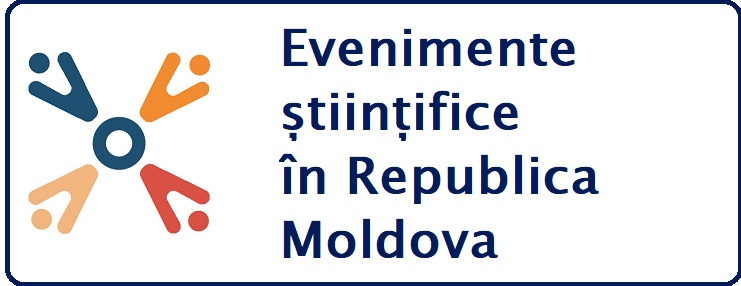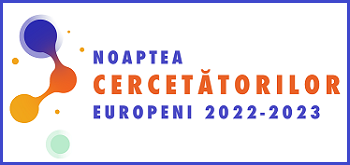| Conţinutul numărului revistei |
| Articolul precedent |
| Articolul urmator |
 406 406 0 0 |
 SM ISO690:2012 SM ISO690:2012VIGLIAR, Elena, CEPURNAITE, Rima, CAZACU, Eugeniu. Global impact of the COVID-19 pandemic on cytopathology practice: Results from an international survey of laboratories in 23 countries. In: Cancer Cytopathology, 2020, nr. 12(128), pp. 885-894. ISSN 1934-662X. DOI: https://doi.org/10.1002/cncy.22373 |
| EXPORT metadate: Google Scholar Crossref CERIF DataCite Dublin Core |
 Cancer Cytopathology Cancer Cytopathology |
||||||
| Numărul 12(128) / 2020 / ISSN 1934-662X /ISSNe 1934-6638 | ||||||
|
||||||
| DOI:https://doi.org/10.1002/cncy.22373 | ||||||
| Pag. 885-894 | ||||||
|
||||||
| Rezumat | ||||||
Background: To the authors' knowledge, the impact of the coronavirus disease 2019 (COVID-19) pandemic on cytopathology practices worldwide has not been investigated formally. In the current study, data from 41 respondents from 23 countries were reported. Methods: Data regarding the activity of each cytopathology laboratory during 4 weeks of COVID-19 lockdown were collected and compared with those obtained during the corresponding period in 2019. The overall number and percentage of exfoliative and fine-needle aspiration cytology samples from each anatomic site were recorded. Differences in the malignancy and suspicious rates between the 2 periods were analyzed using a meta-analytical approach. Results: Overall, the sample volume was lower compared with 2019 (104,319 samples vs 190,225 samples), with an average volume reduction of 45.3% (range, 0.1%-98.0%). The percentage of samples from the cervicovaginal tract, thyroid, and anorectal region was significantly reduced (P <.05). Conversely, the percentage of samples from the urinary tract, serous cavities, breast, lymph nodes, respiratory tract, salivary glands, central nervous system, gastrointestinal tract, pancreas, liver, and biliary tract increased (P <.05). An overall increase of 5.56% (95% CI, 3.77%-7.35%) in the malignancy rate in nongynecological samples during the COVID-19 pandemic was observed. When the suspicious category was included, the overall increase was 6.95% (95% CI, 4.63%-9.27%). Conclusions: The COVID-19 pandemic resulted in a drastic reduction in the total number of cytology specimens regardless of anatomic site or specimen type. The rate of malignancy increased, reflecting the prioritization of patients with cancer who were considered to be at high risk. Prospective monitoring of the effect of delays in access to health services during the lockdown period is warranted. |
||||||
| Cuvinte-cheie coronavirus disease 2019 (COVID-19), cytopathology, fine-needle aspiration, malignancy rate |
||||||
|












